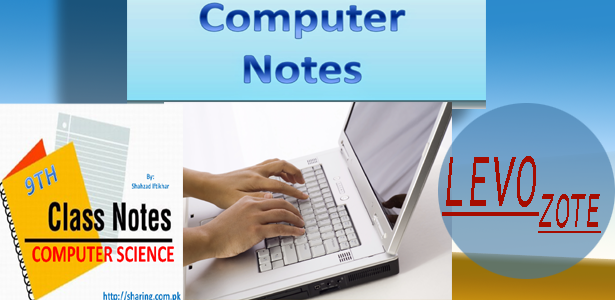REQUIREMENTS FOR MEETINGS
a. Notice: A written notice must be sent to all entitled to attend the meeting. The Company Act lays down that notice of the meeting must be sent to the members at least 21 days before the date of the meeting.
The notice must be sent in accordance with the prescribed rules and regulations. Reasonable time is required depending on the nature of the meeting. The notice must specify the date, the time and the venue of the meeting.
b. Agenda: The term, ‘Agenda’ refers to a document containing issues to be discussed at the meeting.
It means the list of things to be done at a proposed meeting. It is in the form of statement specifying the order in which different matters are to be taken up in the meeting.
It helps the members to come prepared for the meeting.
The secretary prepares the agenda in consultation with the chairman.
Generally, the agenda is sent to the members along with the notice of the meeting. It also enables the chairman to conduct the meeting smoothly. Items that are to be on the agenda can be taken up in he meeting only with the permission of the Chairman.
While drafting the agenda, the secretary should bear in mind the following points:
i. Agenda must be explicit (open) and clear
ii. It should be stated in brief
iii. Each Item on the agenda should be serially numbered
iv. All items of similar nature should be placed together
c. Quorum: Quorum means a specific minimum number of qualified persons whose presence is necessary to transact the legally binding business at a meeting.
The members who constitute the quorum must be effective members ie. The meeting is not legally constituted when the quorum is not present. Therefore the business transacted at the meeting or any resolution passed thereat becomes invalid.
If the quorum is not complete the chairperson will wait for half an hour.
If even then the quorum is not complete, the meeting shall be is adjourned for a further date.
d. Procedure:Normal procedure consists of the following:
i. First of all the Chair ensures the meeting was properly called up with due notice and quorum is complete.
ii. The meeting begins with the recording of attendance of the members. Names of the members who are absent are also recorded.
iii. The minutes of the previous meeting are read out and confirmed.
iv. The items on the Agenda are taken up on by one. The secretary notes down the observations and remarks of the participants
e. Motions: A motion is a proposal moved at a meeting for discussions and later decision.
It is a formal step to introduce a matter for consideration by a group.
Motions can be oral or in writing, the written form being known as a resolution.
In formal procedure a motion must be duly proposed and seconded. Rules generally lay down that motions should be in writing, signed by the mover and be handed to the chairperson or secretary.
It is essential that motions should be within the powers of the meeting and also relevant to the purpose for which the meeting was called.
After a motion is moved, it is taken up for discussion. After discussion the meeting may accept or reject the motion.
f. Amendments: An amendment is a proposed alteration to a motion. The regulations normally provide that any member other than the proposer and seconder of the motion can move or second an amendment to it.
The effect of an amendment may be either (a) to omit or insert or add certain words to the motion, or (b) to omit certain words and add or insert other words.
g. Ascertaining the sense of the house: When a motion is under discussion, different members express different opinions and agreements. Therefore, the chairman has to put the motion to vote in order to ascertain (find out) the sense of the House. Through voting members can express their views formally in favor of or against the motion.













 for sale)
for sale)


